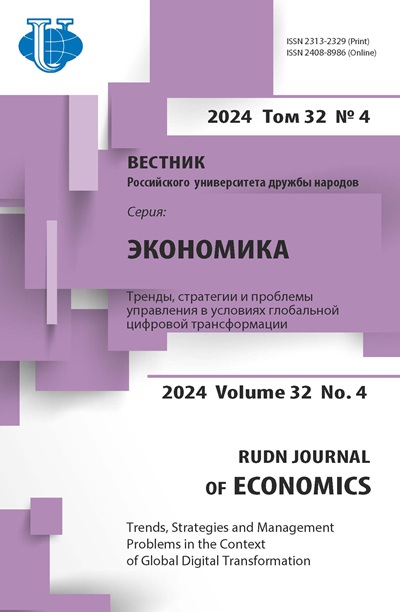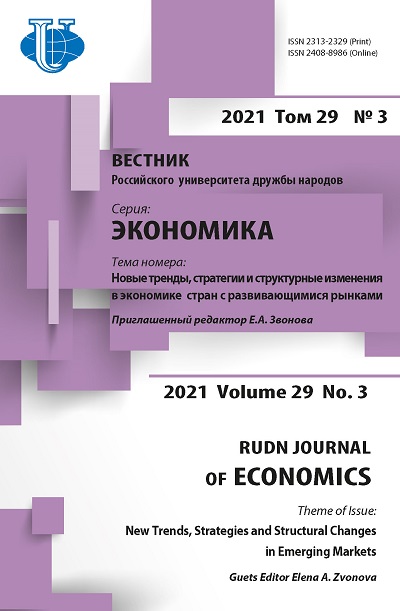Усреднение по группам и изменение коэффициента Джини
- Авторы: Павлов О.И.1, Павлова О.Ю.2
-
Учреждения:
- Российский университет дружбы народов
- Всероссийская заочная многопредметная школа
- Выпуск: Том 29, № 3 (2021): Новые тренды, стратегии и структурные изменения в экономике стран с развивающимися рынками
- Страницы: 595-605
- Раздел: ЭКОНОМИЧЕСКИЕ И СОЦИАЛЬНЫЕ ТРЕНДЫ
- URL: https://journals.rudn.ru/economics/article/view/27615
- DOI: https://doi.org/10.22363/2313-2329-2021-29-3-595-605
Цитировать
















